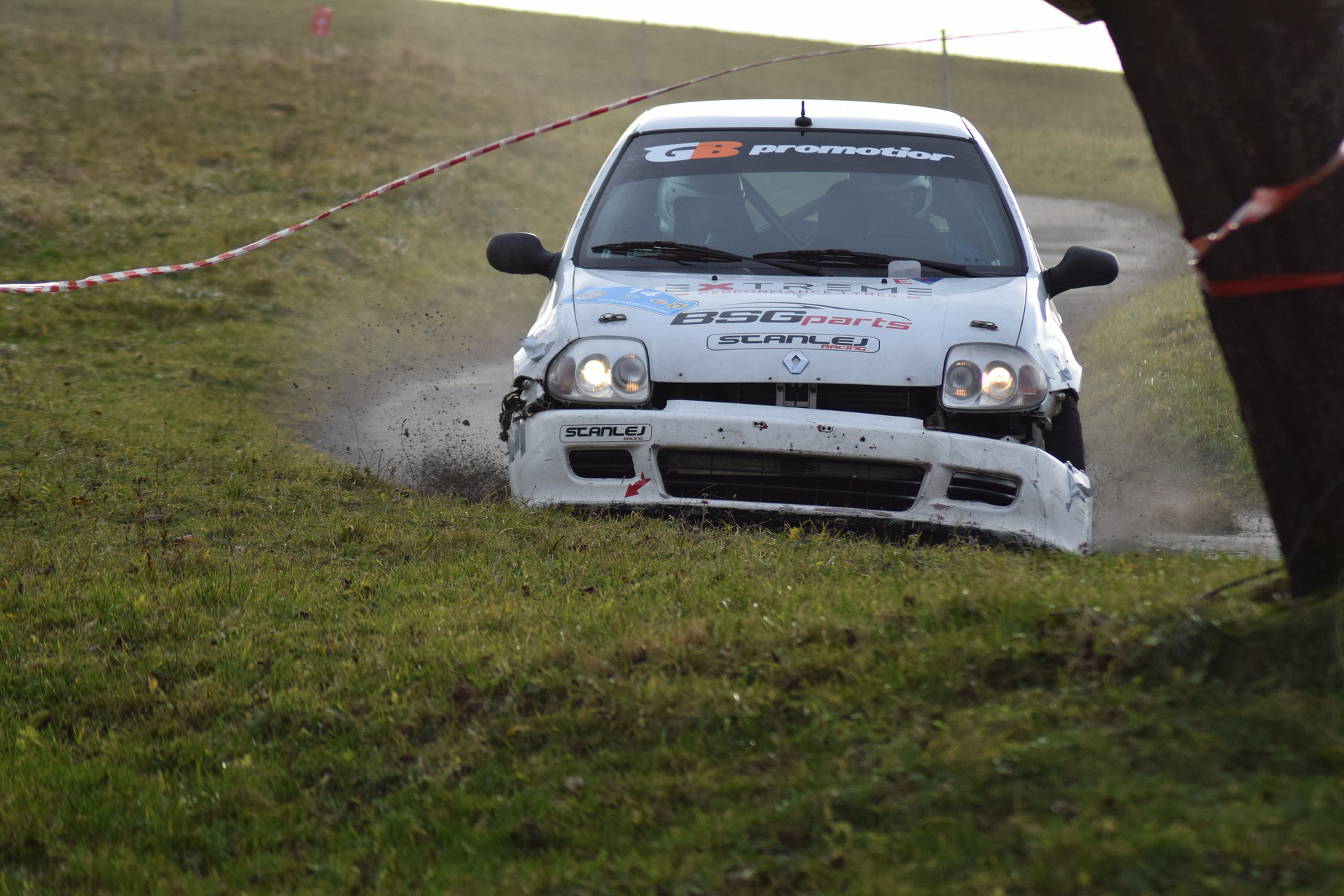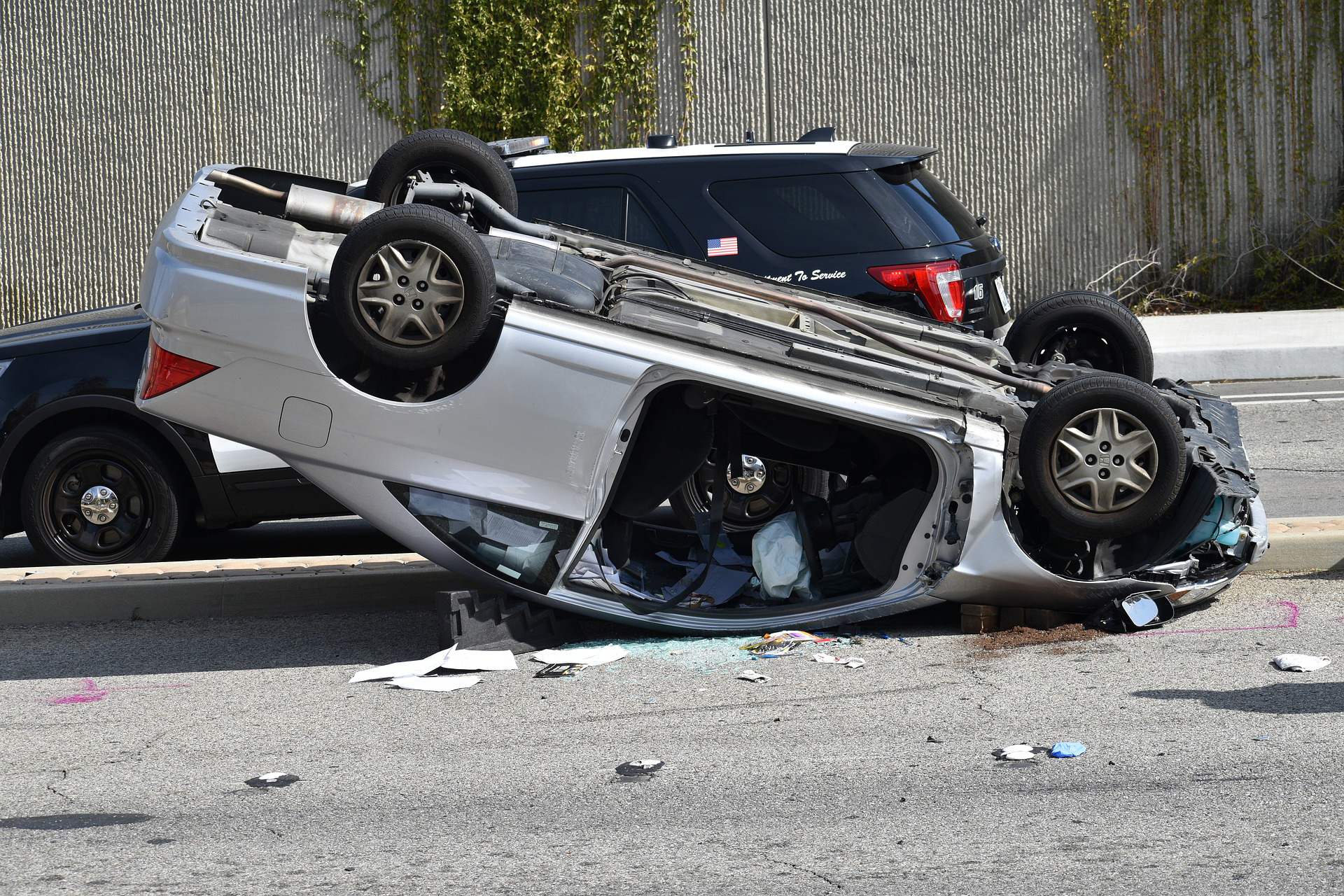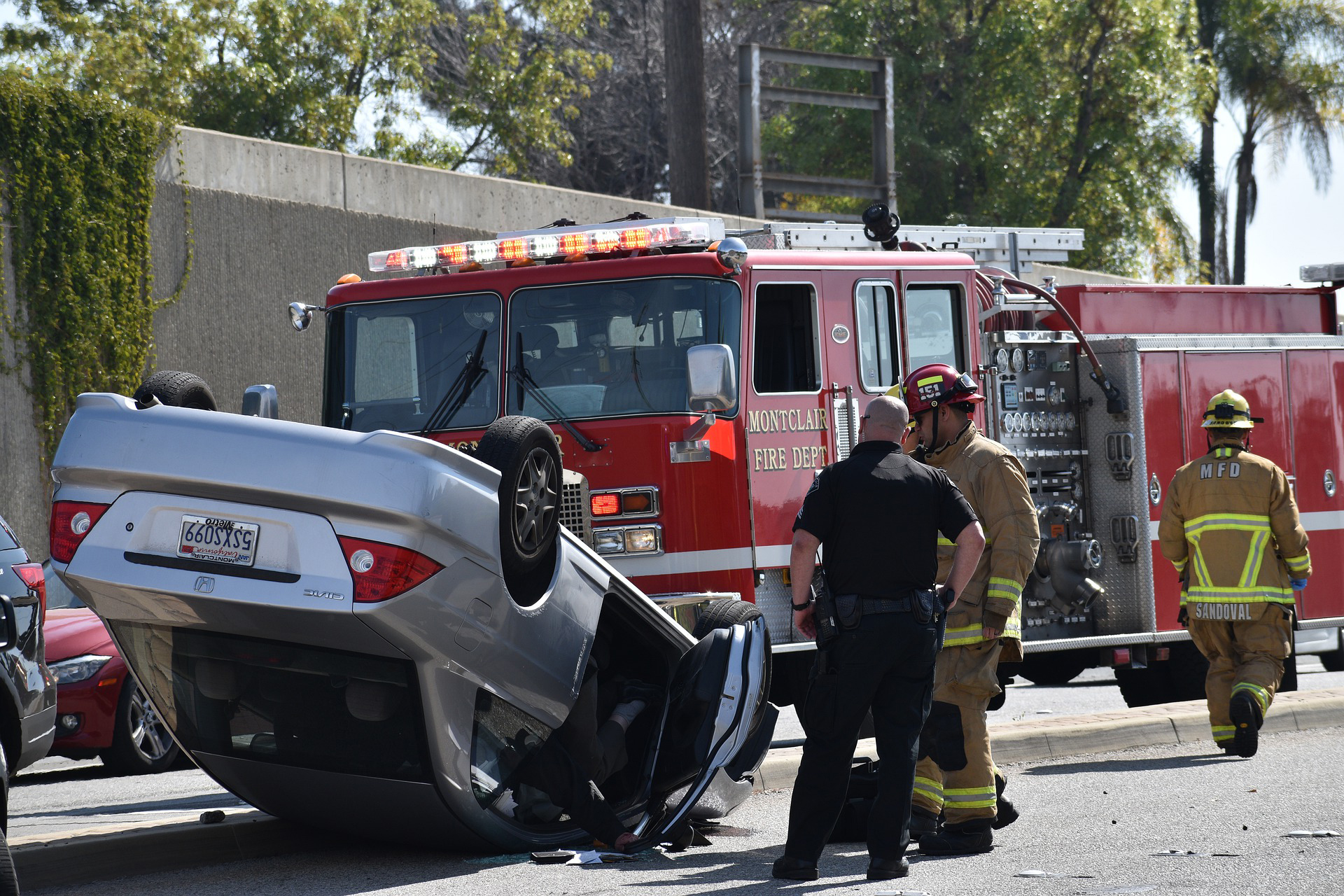Motor Vehicle Collisions: Safety and Responsibility | Ontario
Minor accidents usually occur due to failure to maintain a safe distance or breaking the road's small rules in an urban area. They may not result in physical injury but can result in high repair costs.
Major accidents, on the other hand, usually happen at high speeds. These are highly likely to result in physical injury and may wreck the vehicle.

What to do when involved in a minor accident – no injuries
- Remain calm! Do not panic – as this will only escalate the situation. Instead, take a deep breath and remain calm.
- If the car is still moving, stop it as soon as possible. If possible, stop on the side of the road, away from the path of other traffic.
Note: Evading the scene of an accident is a serious crime known as a 'hit-and-run.' Hit-and-run is a serious offence that can result in jail time.
- Once the driver has stopped, turn off the ignition.
- Check if the driver or any of the passengers are injured.
- Check the surroundings before exiting the vehicle. The vehicle may have moved to a dangerous location.
- Call 911. It is the law to report accidents with damage over $2000.
- Ensure to control traffic. Set up emergency triangles 20-30 meters from the scene.

What to do when involved in a major accident – with injuries
1. Remain calm. Panicking will cause the driver to react irrationally. Take a deep breath and stay calm.
2. The driver must come to a stop as soon and as safely as possible. If possible, stop on the side of the road, away from the traffic path.
Evading the scene of an accident is a serious crime. Known as 'hit and run,' this can land you in jail if the driver fails to stop.
3. Once the driver has stopped safely, turn off the ignition. If the engine has suffered heavy damage, leaving it on may start a fire.
4. Once the driver has stopped, check on the passengers. Ensure they are uninjured.
If the driver or anyone is injured, move them away from the accident scene, assuming they can. There is a risk of a fire.
5. Check the surroundings of the vehicle before exiting. The car may have moved to a dangerous position.
6. Call 911. If there is anyone around, ask them to call 911.
It is the law to report any accidents to the police that result in damage over $2000
7. Meanwhile, the emergency services will arrive and perform first aid with the car's first aid kit to the best of their ability.
After an accident, many victims go into shock; cover them with a jacket or a blanket to minimize shock effects.
Stay with the injured until the emergency service arrives.
8. Then, ask people to set up emergency triangles at least 20-30 meters from the accident scene. Approaching traffic has to be controlled, especially on a highway.
What to do after an accident
Remain calm when talking to other drivers involved in the accident. Getting angry, shouting, or being aggressive will only worsen the situation.
Do not place blame on anyone; instead, discuss the facts about the accident. Regardless of a minor or major accident, after following the mentioned steps above, wait for law enforcement to arrive and assess the situation.
Meanwhile, the driver can;

Exchange information
When involved in an accident, it is essential to exchange the following information calmly and respectfully with the other party:
- Name and Contact Information: Share your full name and phone number to ensure communication if needed.
- Insurance Details: Provide your insurance company name and policy number for claims processing.
- Driver's Licence Information: Share your driver's licence number as required by law.
- Vehicle Information: Include your vehicle's make, model, and license plate number.
- Accident Details: Specify the time, date, and location of the incident for accurate reporting.
- Damage Information: Describe the damage to the vehicles or property involved.
Do not exchange
While sharing critical details, it’s important to avoid:
- Admitting Fault: Never admit responsibility for the accident, even if you think you might be at fault. Liability will be determined by insurance or authorities.
- Personal Opinions: Stick to facts rather than providing opinions about how or why the accident occurred.
- Excessive Personal Information: Avoid sharing sensitive details like your home address unnecessarily unless legally required.
- Speculative Statements: Don’t make statements about injuries or damages unless confirmed by a professional.
- Bank Account Details:
- Why Not: Bank account information is not relevant to an accident report or insurance claim and could expose you to fraud or unauthorized transactions.
- Rule: Never share bank details in the context of an accident.
- Identity Card Information (Other Than Driver’s Licence):
- Examples: Social Insurance Number (SIN), Health Card, or Passport.
- Why Not: Sharing additional identity information can lead to identity theft or misuse. The only required identification is your driver's licence, as it is directly relevant to driving and insurance.
Best Practices for Information Exchange
- Keep It Relevant: Share only the required information, as listed above, to comply with legal standards.
- Stay Calm and Polite: Avoid confrontations, blame, or aggressive behavior, which can escalate the situation unnecessarily.
- Seek Assistance If Pressured: If someone insists on receiving additional sensitive information like bank account details or non-essential identity documents, politely decline and inform law enforcement or your insurance provider.
By exchanging only the necessary information and safeguarding sensitive data, you minimize risks such as identity theft and fraud while ensuring compliance with MTO and legal expectations.
Document the accident
- Collect evidence and take pictures of the accident and the surroundings. It will be beneficial when making an insurance claim.
- Ensure the damage and position of the vehicle are visible when taking photos.
- Take pictures of the other vehicle's number plates.
- Ensure the exchange of all passengers' names and contact details in both vehicles.
- It is also beneficial to collect their contact information.
- Identify the names and badge numbers of the police officers who responded to the accident.
- Request the police officer for a copy of the accident report. The insurance company may request this document.
- Collect evidence and take pictures of the accident and the surroundings. It will be beneficial when making an insurance claim.
Ontario has two broad categories of accidents: minor and major.
Examples of minor accidents include fender benders, which generally result in minor damage to the vehicles involved, and low-speed collisions, which may cause minor or no injuries.
Major accidents, on the other hand, involve more significant property damage, serious injuries, or even fatalities.
If a driver is injured in an accident in Ontario, they must seek medical attention promptly. If pedestrians are injured, the driver should stop at the accident scene and assist those hurt. They should also report the accident to the police and their insurance company and exchange contact and insurance information with the other driver involved.
They should also report the accident to the police and their insurance company and cooperate fully with any investigations related to the incident.
Regardless of the situation, drivers must remain calm and avoid making statements that could be construed as admissions of fault or liability. It is also essential for drivers to comply with all legal and regulatory requirements related to the accident, including reporting the incident to the proper authorities and providing accurate and complete information. By following these guidelines, drivers can help to promote a safe and responsible driving culture in Ontario and protect themselves and others from harm.
